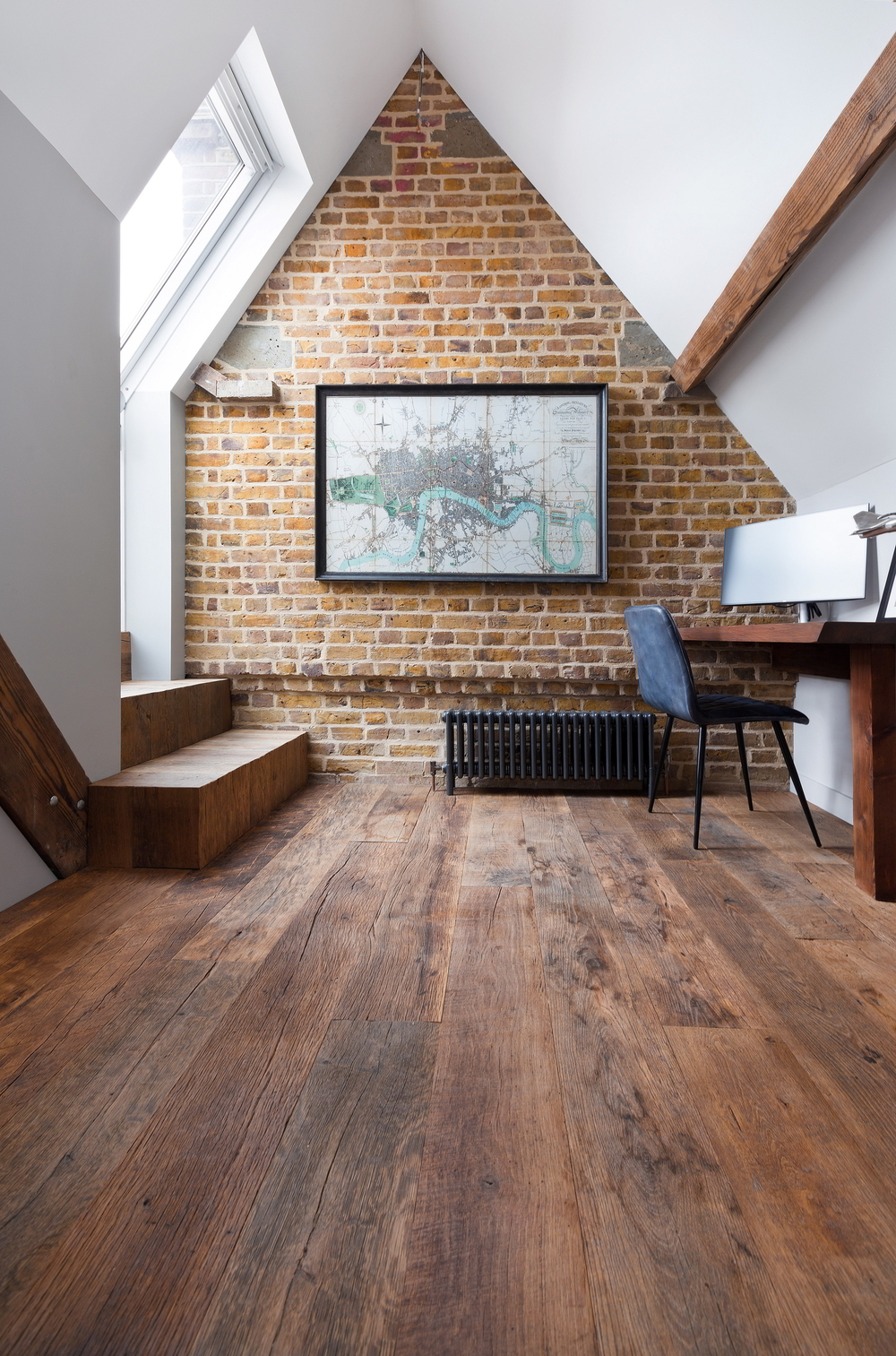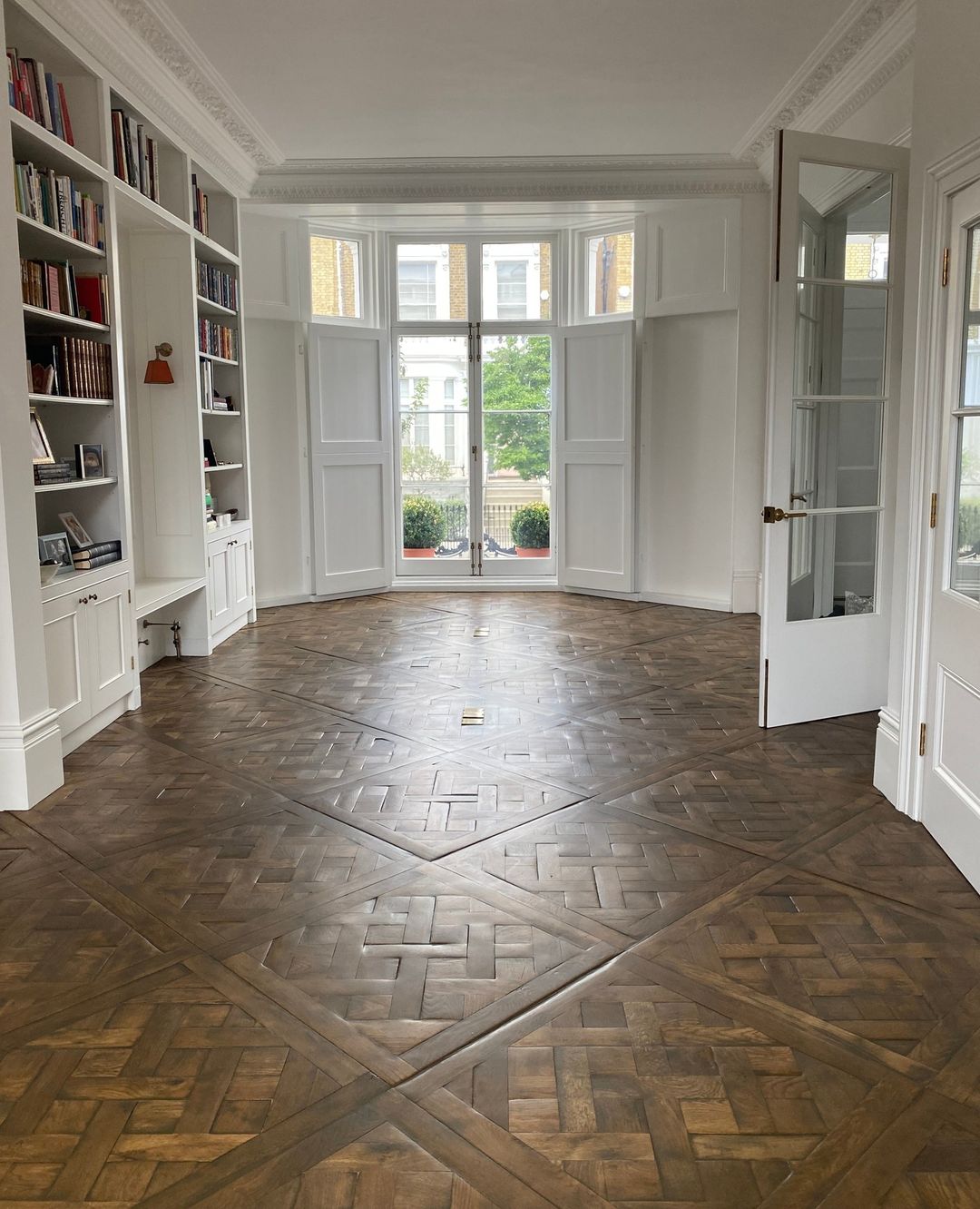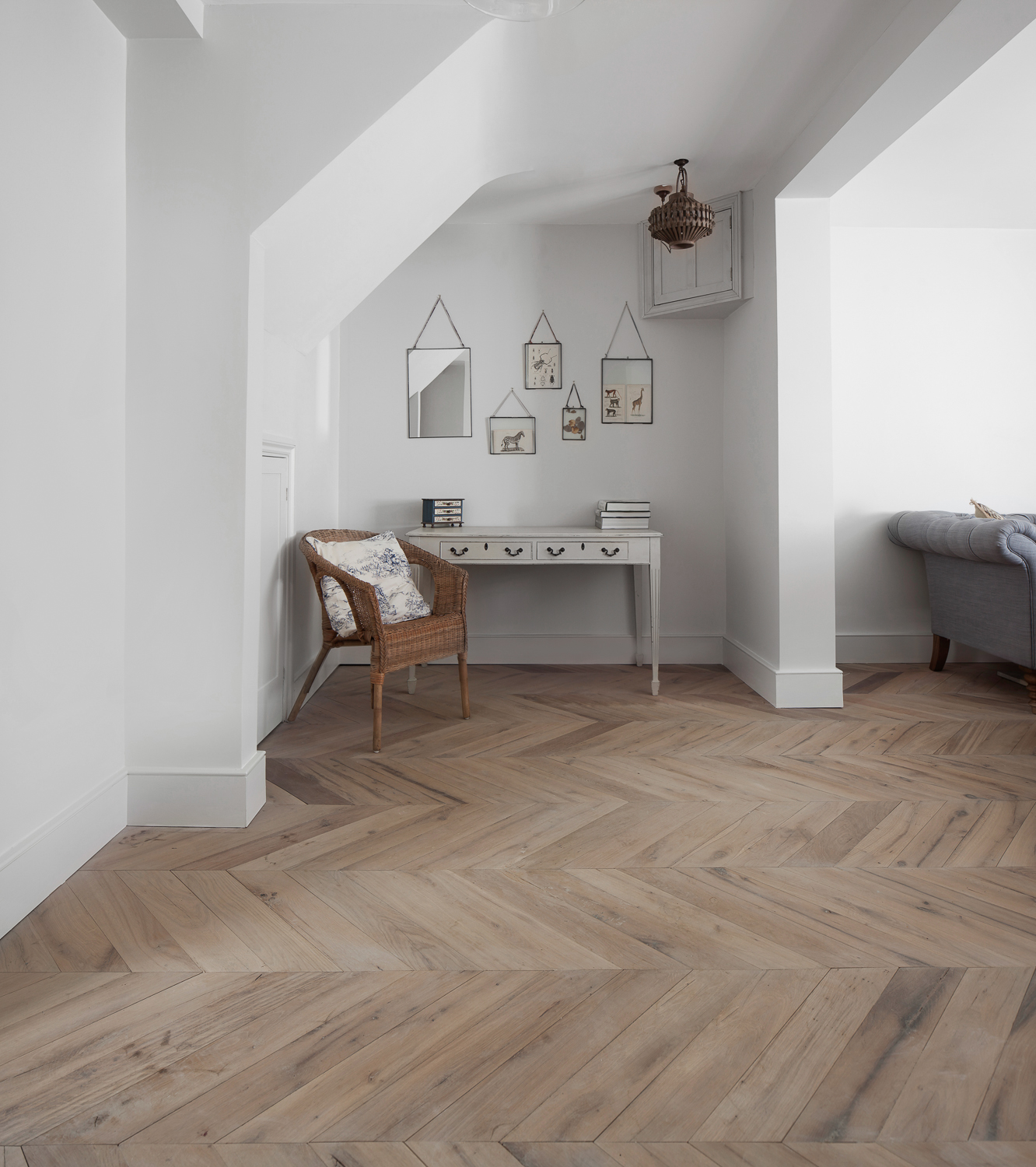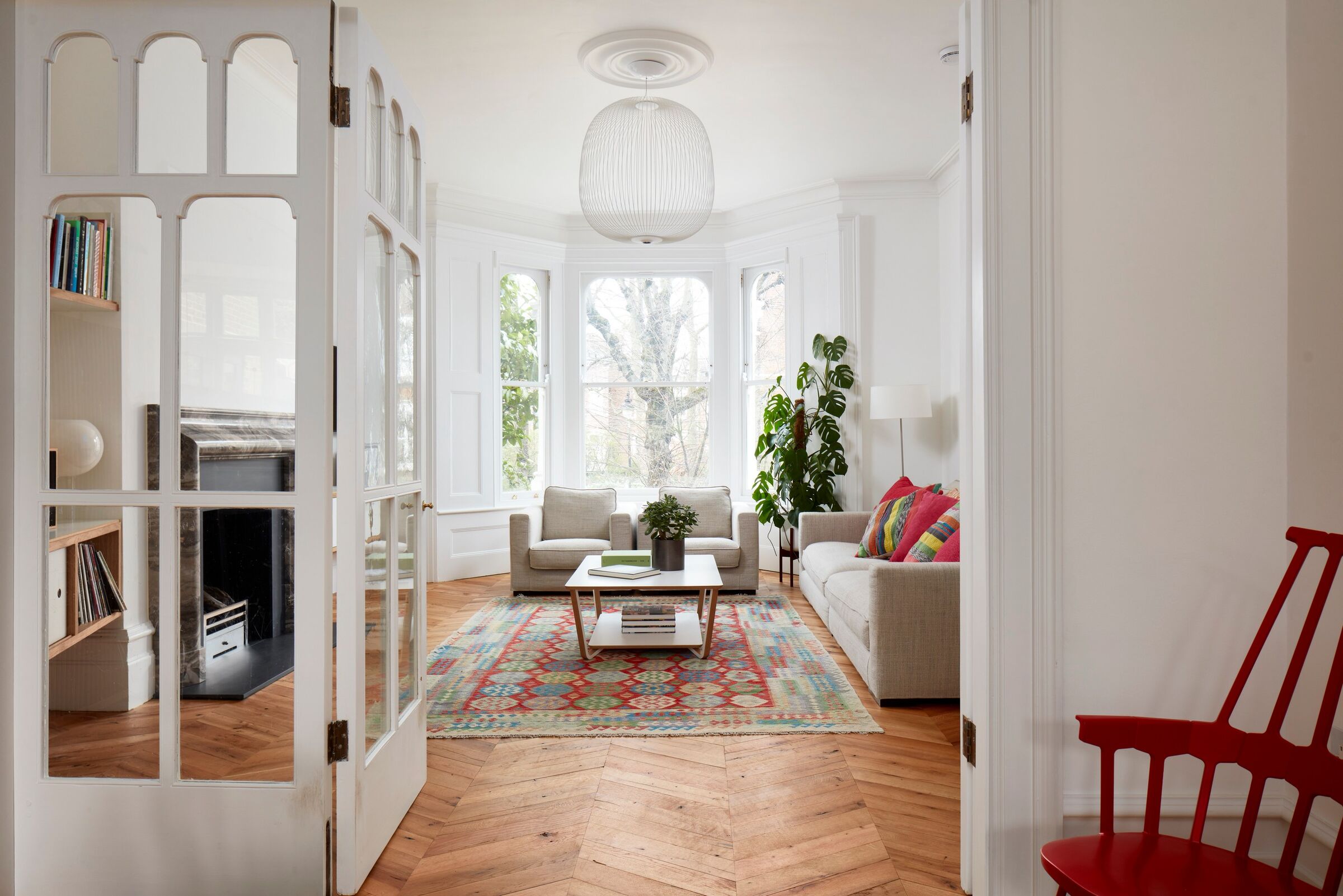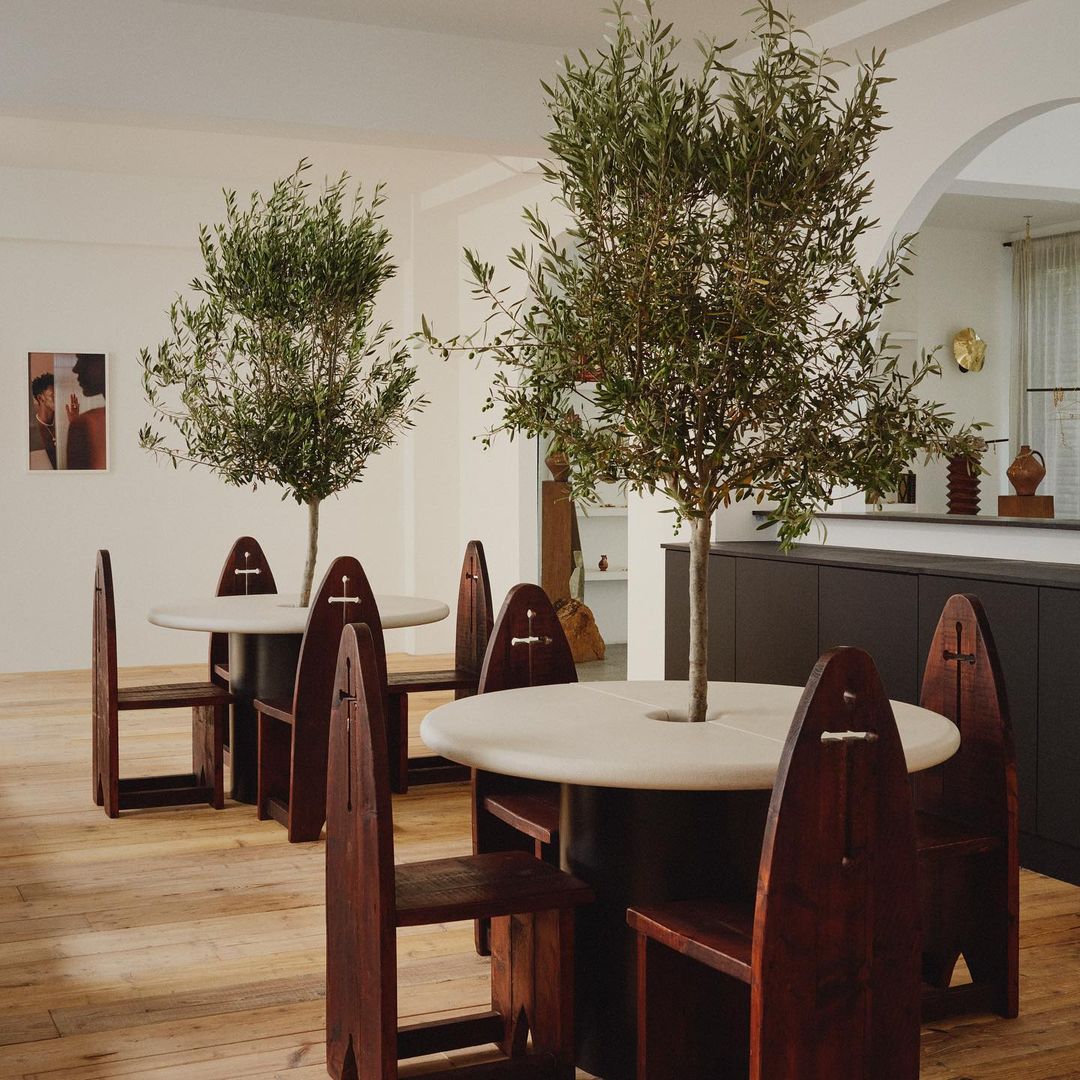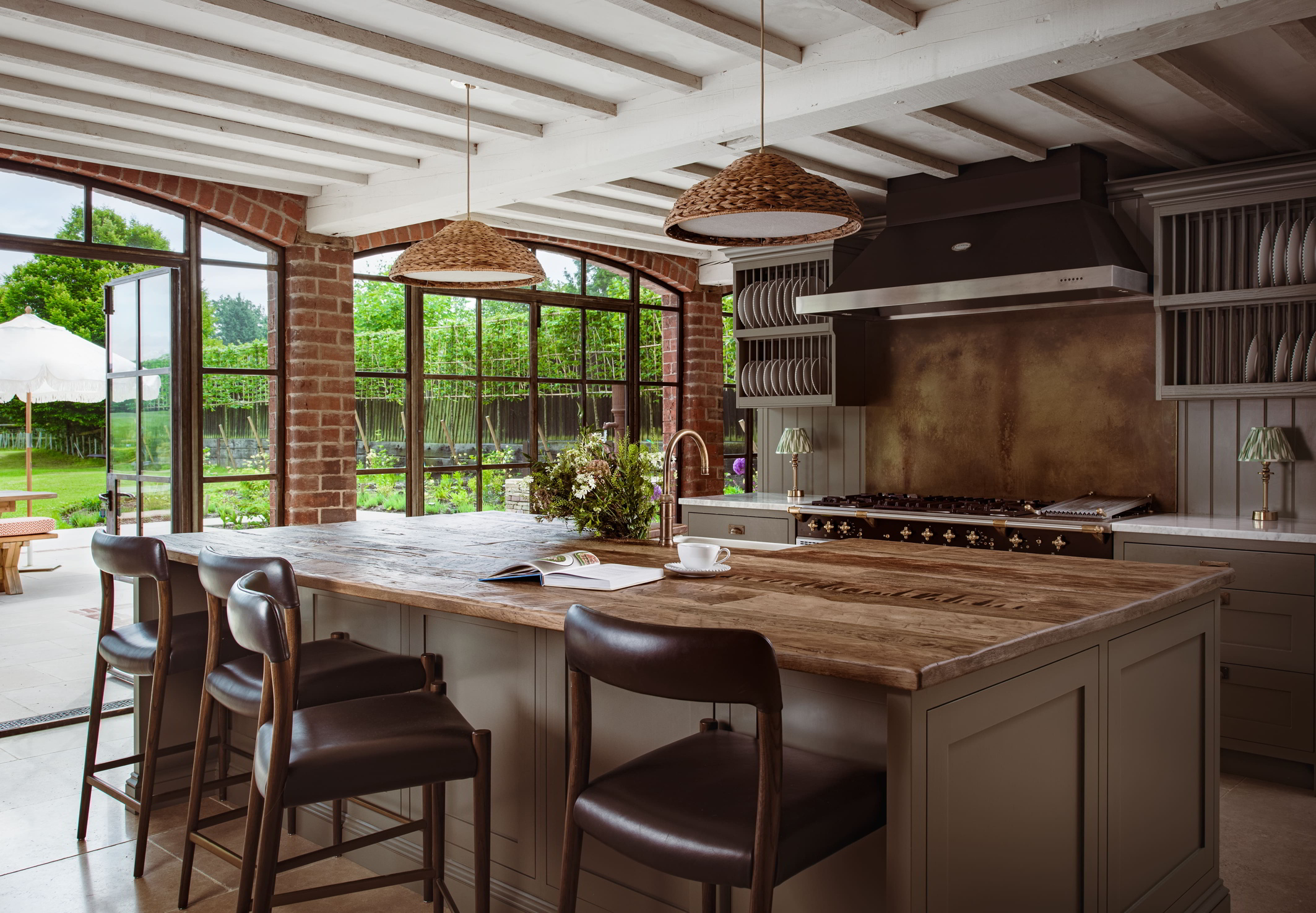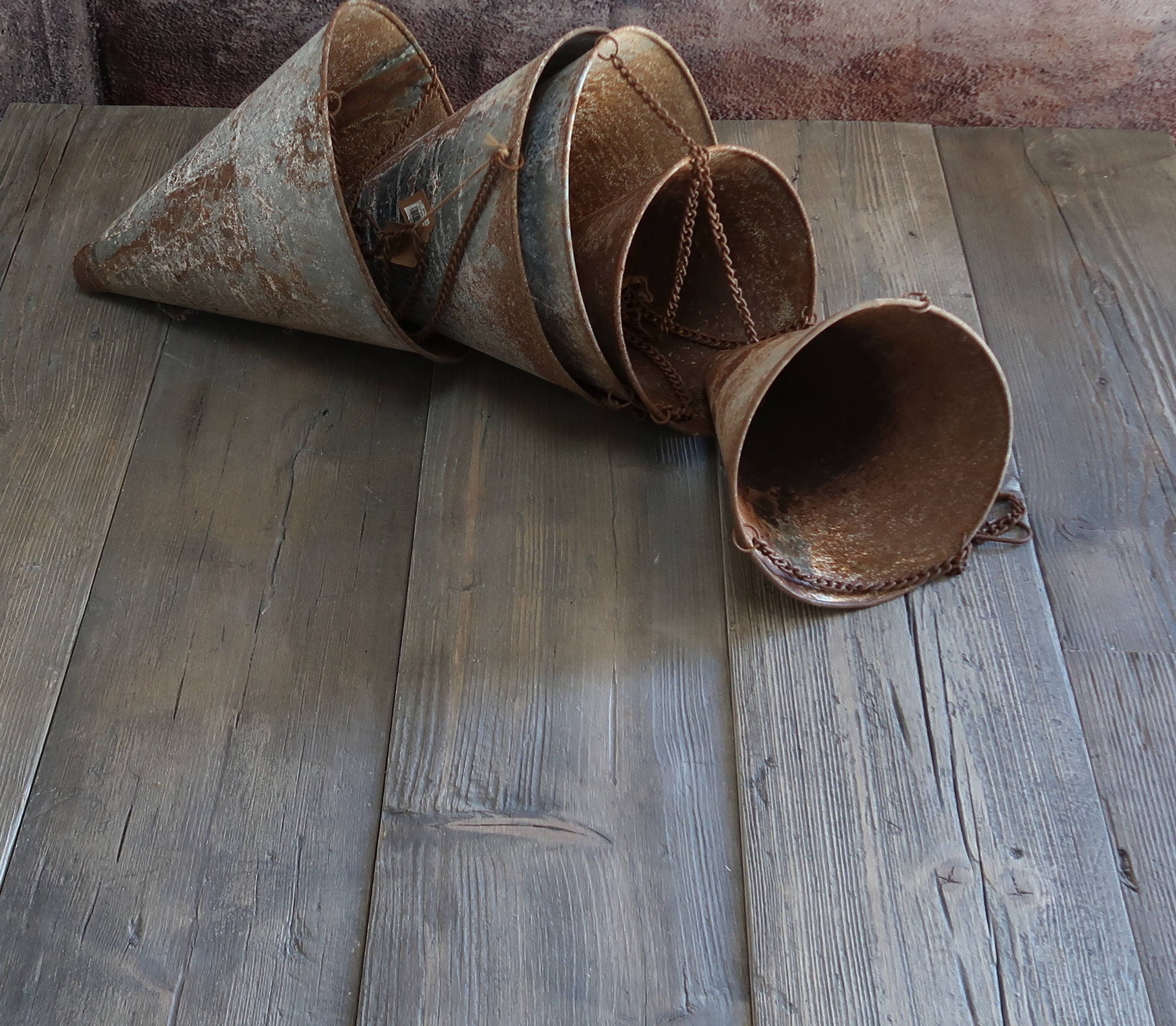
With its rich beauty, authenticity and provenance, reclaimed wood is a stunning choice for any design project.
When we also consider its positive environmental impact and the well-being it evokes in people who inhabit spaces where it is used, it is easy to see why reclaimed wood is also becoming increasingly popular.
With this increase in popularity come whispers of concern.
People wonder whether the reclaimed wood supplies are plentiful enough to meet this increased demand.
Architects and designers repost clients’ individual concerns about there being enough wood to complete their projects.
More widely, questions are asked about how long the supply of reclaimed wood will last.
Luckily, with reclaimed wood available from a variety of sources and reclamation techniques becoming more efficient, the future looks long and bright for projects whose stories are built around reclaimed wood.
Sourcing Reclaimed Wood
Most reclaimed wood in the UK comes from one of four sources.
The first and best-known source of reclaimed wood is post-consumer reclamations. Post-consumer reclaimed wood refers to wood taken from existing buildings.
The second type of reclaimed wood, post-industrial reclaimed wood, save and repurposes scrap wood from wood processing industries.
The third and fourth types are orchard reclamations and forest floor reclamations – both of these types collect wood which has been harvested and rejected.
There is a fifth reclamation method, but it is far less common in other parts of the world.
Water reclamation concerns collecting wood from reservoirs which were created by flooding the land.
These reservoirs are common in parts of the Americas and Africa, but where wood is found underwater in England, it is called waterlogged wood, and Historic England will take an interest.
The benefits of reclaiming wood
Each of these sources is an alternative to harvesting and processing new wood.
It saves on transportation, storage and potentially harmful chemical processing.
Creating beautiful architecture from unused off-cuts, unwanted wood, and wood that has already lived one life is a unique way of helping to preserve our precious resources.
We have shared before that not all old wood is reclaimed and that not all reclaimed wood is old.
We have debunked ideas around what makes a wood product ‘vintage’ and highlighted the need to move away from recycling in favour of deconstructing and reusing.
Lots of our reclaimed oak comes from old dwellings like houses and barns, but post-consumer reclamations also come from industrial buildings, schools, hotels and old railways and bridges.
Wood taken from commercial projects like these has fulfilled its purpose in these places and is often replaced while it still has decades or centuries of life left.
We think these previous lives lived with our reclaimed wood enrich it, giving it stories to hold and to build on when it is reused.
Reclaimed wood does not always come from post-consumer projects.
Many reclaimed wood is collected from demolition projects that would otherwise be burned, chipped or sent to landfills.
Recent shifts in the building industry away from demolition towards deconstruction are helping to keep precious resources out of the landfill and are preventing lots of new trees from being cut down
Locally reclaimed wood
Reclaimed wood can come from all over the world, but the environmental impact of transporting lumber from further afield can be huge.
Although transporting goods by sea creates significantly fewer CO2 emissions than transportation over land by HGV, the emissions are not negligible.
It is far better for the environment to source wood from within the United Kingdom and Europe than looking as far as the Americas.
The environmental impact can, in part, be balanced and offset by the positive Co2 of the wood itself which it continues to improve air quality when it is used inside buildings, but the provenance of locality of our wood is always a factor to be borne in mind.
Reclaimed Wood in Abundance
The long-held belief that reclaimed wood is decades or even centuries old may have been attributed to fears that reclaimed wood is a limited resource.
This belief is now slowly being debunked.
The reality is that while much-reclaimed wood is indeed old, an increasing amount of reclaimed wood is not very old, coming from sustainable wood sourcing methods.
These abundant sources of previously used mean that the process of reclaiming wood is ongoing, and supplies will be long-lasting.
Post-consumer reclaimed wood
Lots of post-consumer wood is indeed old, especially when it is taken from homes and factory buildings.
The wood taken from these kinds of buildings can be especially beautiful because of the patina worn into it over decades of life taking place around it. It is this beauty and history which makes it such a desirable material.
However, wood is reclaimed from less-known projects, such as shipping and haulage.
These industries use astronomical quantities of wood in the pallets and other restraints they use while transporting goods.
The knocks and bumps that this much newer wood suffers while in its first incarnation add to the character and patina it brings to its subsequent lives.
While it may not be as old as wood from some buildings, the journeys it has been on fill it with as many stories as the wood claimed from homes.
The wood reclaimed from these projects will be able to be used again and again – with each reuse deepening its history.
Wood will always remain one of the most popular building materials, so different ways of reclaiming wood will be constantly sought.
As transport makes our world ever easier to navigate, wood will continue to be used to transport goods between counties, countries and continents, and by saving that wood and giving it a new life, we are only increasing its longevity.
Post-industrial reclaimed wood
Similarly, the reclamation of post-industrial reclaimed wood is a growing process.
When wood products are created, offcuts are created, which, if not salvaged, will be wasted.
Reclaiming wood from scrap piles saves it from being burnt, sent to a landfill or chipped into sawdust.
One of the main benefits of this kind of reclaimed wood is its unspoiled finish.
Not having been nailed, glued or stained leaves a gorgeous virgin surface ready to be used in various projects.
Orchard reclaimed wood
Orchard salvage produces some stunning hardwood due to the ages of the trees used.
Trees planted in orchards are grown for their fruit, nuts or seeds, but they will not fruit forever.
As they approach the end of their lives and stop producing a yield, these mature trees are replaced.
Because the trees have usually lived such long and, quite literally, fruitful lives, they are solid and beautiful.
To save these trees from being wasted, they can be reclaimed and given a chance to live on in homes and design projects.
Forest floor reclaimed wood
After timber cutting is finished in large areas of woodland, forest floor salvage can save trees which have been left behind at the end of the process.
Most tree-felling companies leave behind smaller timber, but these smaller trees, trunks, and branches add to vast volumes of discarded wood.
When a lot of wood is left behind on forest floors, it can have a detrimental impact on the trees still growing by degrading water quality.
Often, this wood that has been left behind is collected and turned into mulch products or wood chips.
This seems a travesty when it is often of the same quality, just smaller than the rest of the timber.
As long as new trees are being felled, wood will be left on forest floors suitable for reclamation.
Summary
- Reclaimed wood comes from many sources, not just old buildings.
- As long as goods are being shipped from one place to another, there will be wood that can be reclaimed.
- As long as new trees are felled, there will be wood which can be reclaimed.
- Reclaimed wood is not in danger of running out.
- Using reclaimed wood helps to improve the environmental credentials of design projects.

